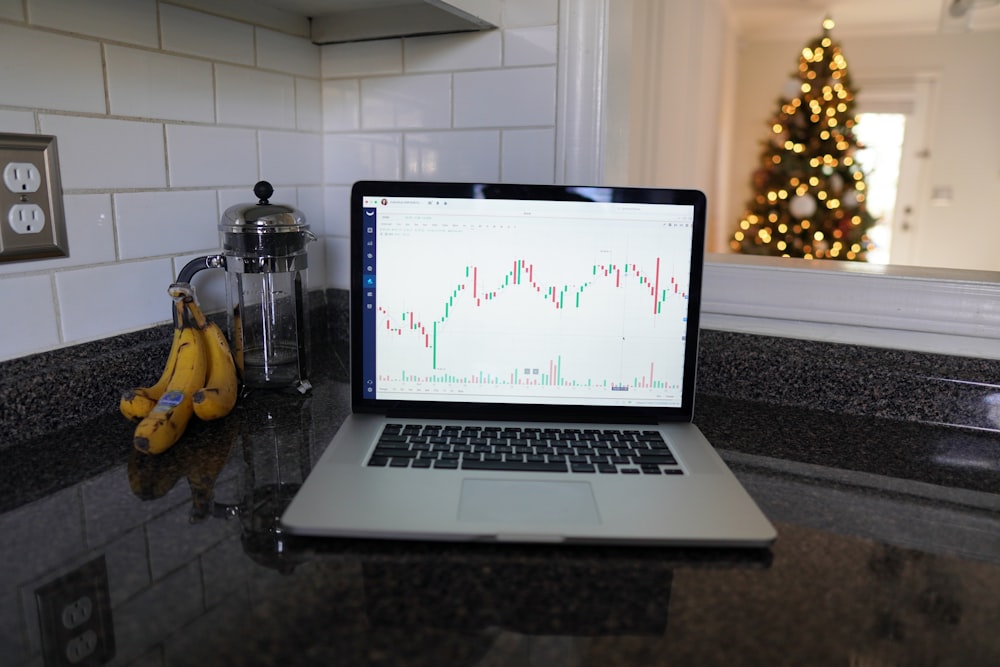

The S&P 500 and the Nasdaq recorded their seventh positive week out of the past eight, with both indexes pushing their record levels higher. The Nasdaq posted a 3.3% total return while the S&P 500 added 1.6%; the Dow was an outlier with a 0.5% decline.The market’s advance remained exceptionally narrow for the second consecutive week, however, with an equally weighted version of the S&P 500 trailing its more familiar, capitalization-weighted counterpart. U.S. large-cap growth indices again outperformed value counterparts by a wide margin, extending the growth style’s year-to-date leadership. Over the past four weeks, the growth index has gained around 6.0% versus a 3.3% decline for the value benchmark.Continuing enthusiasm over the potential of artificial intelligence appeared to provide a continuing tailwind to technology-related stocks and growth shares. The week was also notable for the shareholder approval of Tesla CEO Elon Musk’s roughly $50 billion pay package (in the form of Tesla stock), which may have partly reflected enthusiasm over his push for autonomous driving vehicles.Nvidia started trading last week on a 10-for-one split adjusted basis, but that didn’t really seem to slow the recent bullish momentum as the stock was up ~8% more on the week. Apple also received an “AI-boost” following presentations at the company’s Worldwide Developers Conference (WWDC), which propelled the stock to fresh all-time highs. Then on Wednesday after the bell, chip-maker Broadcom added to recent tech momentum by delivering a healthy beat/raise and announced a 10-for-one stock split of its own.Money flow continues to chase mega-cap tech, driven by interest in semiconductors and other AI-related growth themes. In fact, much of the S&P 500’s 14% gain in 2024 is attributable to the rally in mega-cap tech.Last week’s inflation data came in lower than expected, with headline CPI inflation for May coming in at 3.3% year-over-year, below forecasts and last month’s 3.4%.After a string of hotter U.S. inflation readings for the first three months of the year, last week’s reading was welcome news for markets.As expected, the Federal Reserve also kept rates on hold at its June meeting at 5.25% – 5.5%.The Fed’s updated set of estimates pointed to one rate cut in 2024, down from the three rate cuts forecast at its March meeting. However, the Fed indicated that the fed funds rate is still expected to reach 3.1% by 2026, the same as its March forecasts.Overall, while the pace of rate cuts may have shifted, the end game for the Fed remains the same: Interest rates are likely to moderate over the next few months.Concerns going into next week include stocks appearing to be overbought, especially in the technology space, from a technical perspective, and with the NVDA split, Apple WWDC, and Federal Open Market Committee (FOMC) meeting behind us, there doesn’t appear to be a near-term catalyst to push stocks higher. One might argue that stocks hitting fresh all-time highs is a bullish catalyst in and of itself, but the risk-reward begins to skew towards a pullback the higher you climb.Also, the recent rally has taken the Relative Strength Indicator (RSI) above the 70 level, which is typically considered ‘overbought status.’However, an overbought RSI won’t tell you when a pullback is going to occur, but it does signal that one may be approaching.We peaked above the 70 level this week and appear to be rolling over. Also worth noting is June seasonality, which has been in the bottom quartile of performance for the SPX over the past 20 years.In any case, it’s always advisable to closely monitor the technicals and “Trade What You See, Not What You Think”.More By This Author:Start Of A New Intermediate Uptrend Or A Rally Back To Resistance?
Is A Sharp Rally In The Horizon For The Start Of 2023 Or Will They Sink Even Further?
20 Favorite Biotech & Medical Stocks For 2023














